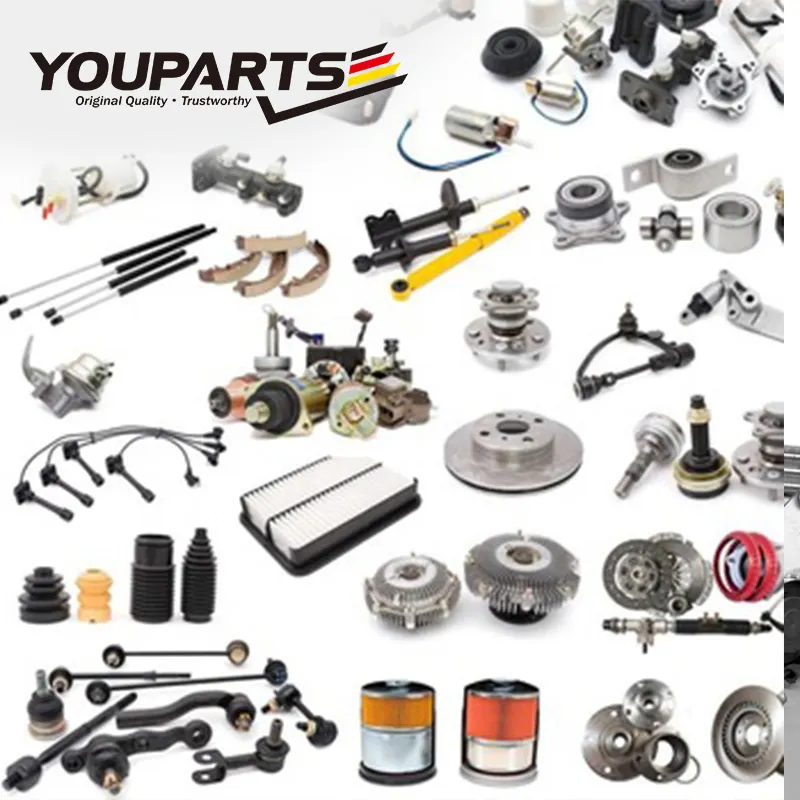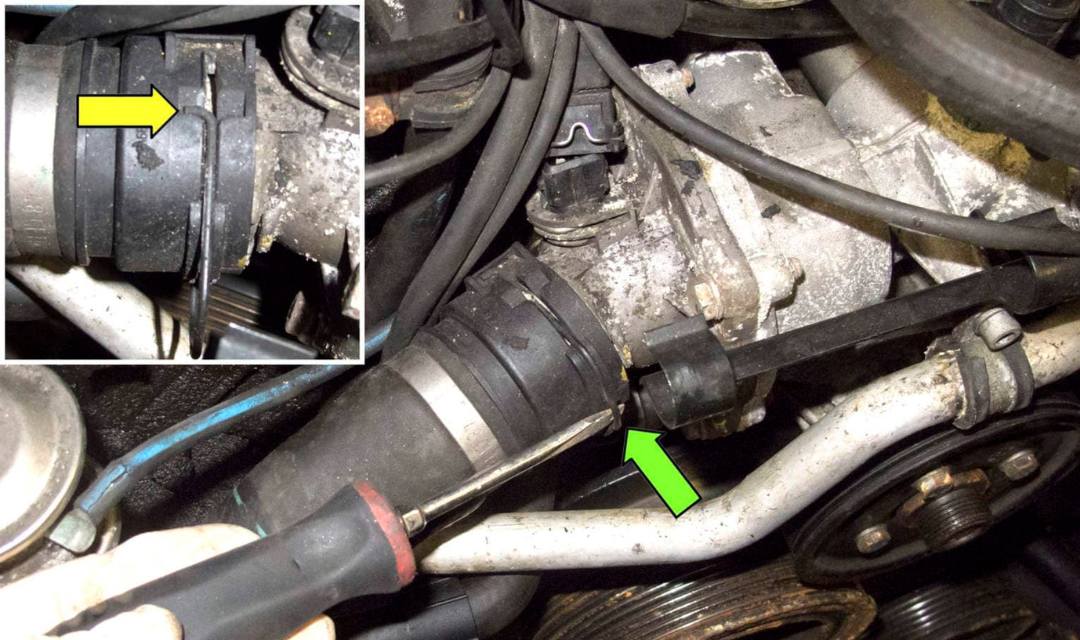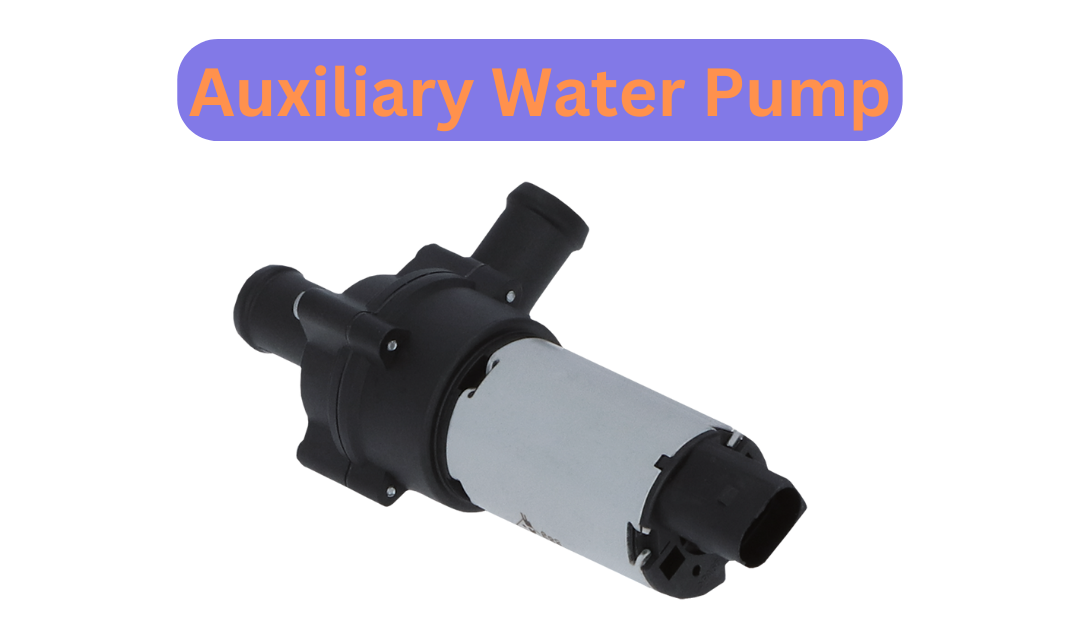You may wonder if you can drive a car without air suspension. The answer is yes. The air ride suspension is a type of suspension that runs on a compressor, which would take a long time to ramp up to the desired level. Some race cars and trucks have completely removed the airbags from their suspension and simply use an externally mounted valve to fill the airbags. However, the whole point of an air ride suspension system is the in-car adjustability it offers.
Cost
Most car owners would like to improve the comfort and performance of their vehicles by upgrading to air suspension. However, air suspension is more expensive than traditional steel spring suspensions. Not only does it require more frequent maintenance, but it can also cause your car to tilt to one side. Its main disadvantage is the high repair cost. This is the biggest drawback of air suspension, but the benefits outweigh the drawbacks.
While air suspension is a great benefit, it’s not as durable as conventional coil springs. Rear coil springs are about $100, while an air suspension system can cost over $1,000. The air bags, meanwhile, are highly susceptible to road debris, while rubber gaskets are notoriously prone to drying out. As a result, air suspension requires more maintenance than coil springs. However, it’s worth it for the increased comfort and safety it provides.
Installation
If you want to install air suspension on your car but don’t know how to do it, there are two options. If your car doesn’t already have air suspension, you can buy a bolt-in kit and do the installation yourself. Bolt-in kits don’t require any custom fabrication and usually require no modification to your car. You will also need to choose between universal bags and thread-on bags.
To start with, you’ll need to make sure that you have the power to run the air compressor. You’ll need a fuse or relay to power the air compressor. Next, you’ll need to cut holes on the car’s underside and route air lines to each corner. These lines must be tucked under the car to prevent it from being visible. You’ll also need to hook the air compressor to the airlines. Once you’re done with the wiring, you’ll need to attach a control box to your air suspension.
Downsides
When you compare the benefits of air suspension to those of traditional steel spring suspension, you’ll find that air-suspension vehicles feel “softer” on rough terrain. Drivers often comment that their cars feel “gliding” over bumps, whereas conventional steel-spring suspension can be quite harsh. And air-suspension vehicles are usually adjustable, so you can select an aggressive or cushy ride depending on the road surface.
Moreover, a vehicle that uses it is more fuel efficient, as it lowers the front and overall drag area. This means that the vehicle will consume less fuel compared to its predecessor. And air suspension also works well with vehicles with predictive suspension systems, which read the road and detect uneven pavement conditions before they affect the vehicle’s performance. But it is not without its drawbacks.
Recommendations
If you’ve ever driven a car that lacks air suspension, you’ve probably noticed that the ride is bumpier than usual. The purpose of suspension is to absorb the shock of road hazards, making it as smooth as possible. Without it, your seat will be jostled and can become quite uncomfortable. Here are some recommendations to keep in mind when driving a car without air suspension.
One of its benefits is the ability to automatically lower the vehicle’s height at high speeds. It also helps to increase fuel efficiency, improve handling, and increase ground clearance. Factory air suspension systems are typically reserved for SUVs and larger body-on-frame vehicles, but aftermarket companies see nearly everything. If you’re not able to get a car with it, these recommendations may help you adjust the height of your vehicle to make it more comfortable.


